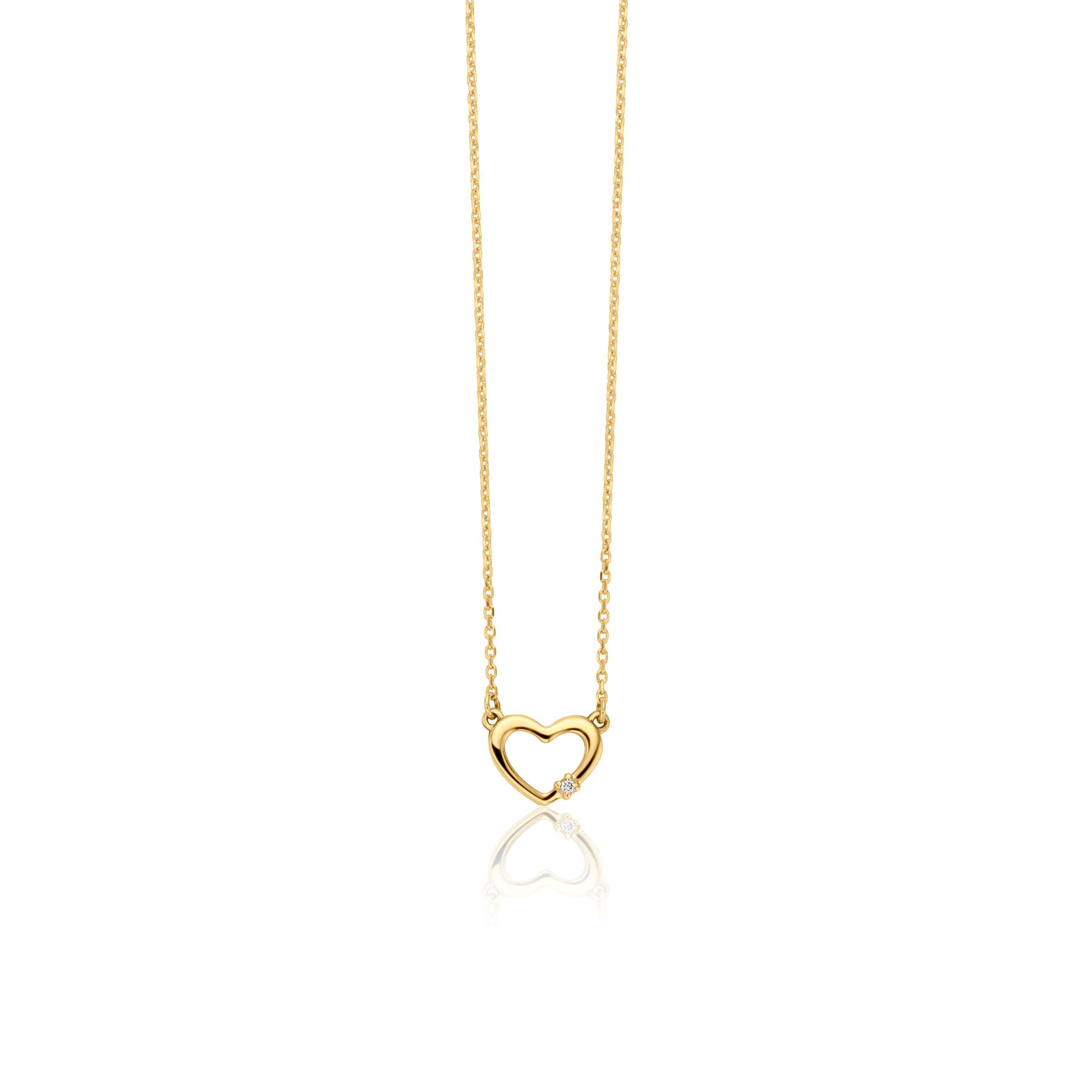In the competitive world of e-commerce and luxury retail, the presentation of jewelry plays a crucial role in attracting customers and driving sales. Each piece of jewelry is a work of art, and capturing its beauty in photographs requires skillful retouching. Among the various software tools available, Photoshop stands out as the go-to choice for professionals in the field. In this comprehensive guide, we’ll explore the art and techniques of jewelry retouching in Photoshop, uncovering the secrets to creating stunning images that sparkle and allure.
Understanding Jewelry Retouching
jewellery retouching in Photoshop is a specialized process aimed at enhancing the appearance of jewelry images. It involves correcting imperfections, refining details, adjusting colors and tones, and creating a visually appealing final image that accurately represents the beauty of the jewelry piece. Whether it’s a diamond ring, a pearl necklace, or a gold bracelet, Photoshop offers a wide range of tools and features tailored to meet the specific needs of jewelry retouching.
Essential Techniques and Tools
To achieve professional results in jewelry retouching, mastering essential techniques and tools in Photoshop is essential:
Color Correction: Precise color representation is crucial in jewelry photography. Photoshop provides tools like curves, levels, and selective color adjustments to fine-tune colors, correct color casts, and enhance vibrancy.
Cloning and Healing: The cloning and healing tools in Photoshop allow retouchers to remove blemishes, scratches, and other imperfections from jewelry images seamlessly. These tools help restore the pristine beauty of the jewelry piece without leaving any traces of editing.
Sharpening and Detail Enhancement: Sharpening tools like Unsharp Mask and Smart Sharpen help enhance the clarity and detail of jewelry images. Retouchers can selectively sharpen areas of interest, such as gemstones and metal textures, to make them stand out.
Background Removal: Clean, distraction-free backgrounds are essential for showcasing jewelry effectively. Photoshop’s selection and masking tools enable retouchers to remove backgrounds and replace them with solid colors or gradients, creating a professional-looking backdrop that highlights the jewelry piece.
Dodging and Burning: Dodging and burning techniques involve selectively brightening and darkening areas of the image to enhance contrast and create depth. By applying subtle adjustments to highlights and shadows, retouchers can sculpt light and shadow to accentuate the contours and details of the jewelry piece.
Advanced Techniques for Professional Results
For retouchers looking to take their jewelry retouching skills to the next level, mastering advanced techniques in Photoshop is key:
Frequency Separation: Frequency separation is a powerful technique for separating texture and color information in an image. It allows retouchers to independently adjust texture and color to achieve smoother skin tones, eliminate imperfections, and enhance details without affecting overall image quality.
Composite Imaging: Composite imaging involves combining multiple images to create a single, flawless composition. This technique is often used to showcase different angles or views of the jewelry piece, composite backgrounds, or add visual effects such as reflections or shadows for a more dynamic presentation.
Selective Color Grading: Color grading allows retouchers to selectively adjust the color and tone of specific areas of the image. By applying targeted adjustments to individual colors or tonal ranges, retouchers can create a harmonious color palette that enhances the overall mood and aesthetics of the jewelry piece.
Layer Masking and Adjustment Layers: Layer masking and adjustment layers provide non-destructive editing capabilities, allowing retouchers to make precise adjustments without altering the original image. By creating adjustment layers and applying layer masks, retouchers can fine-tune color, contrast, and other aspects of the image while preserving flexibility and control over the editing process.
Tips for Success
To achieve professional results in jewelry retouching, consider the following tips:
Practice Patience and Attention to Detail: Jewelry retouching requires patience and meticulous attention to detail. Take the time to carefully evaluate and refine each aspect of the image to ensure a flawless result.
Experiment and Learn: Don’t be afraid to experiment with different techniques and tools in Photoshop. Explore new features, try out different workflows, and learn from tutorials and online resources to expand your skills and knowledge
Seek Feedback and Critique: Share your work with peers, mentors, or online communities to receive constructive feedback and critique. Learning from others’ perspectives can help you identify areas for improvement and refine your techniques.
Stay Updated: Keep abreast of the latest developments in Photoshop and jewelry photography. Attend workshops, webinars, and training courses to stay updated on new techniques, tools, and trends in the industry.
Conclusion
jewellery retouching in Photoshop is a valuable skill for photographers, retouchers, and jewelry designers alike. By mastering essential techniques and tools, exploring advanced workflows, and staying creative and innovative, retouchers can elevate their jewelry images to new heights of perfection and allure. Whether you’re a beginner or an experienced professional, Photoshop offers endless possibilities for enhancing the beauty and elegance of jewelry pieces, making it an indispensable tool in the world of jewelry photography. With dedication, practice, and a passion for excellence, you can create stunning images that captivate and inspire audiences worldwide.
Also read:Healthcare Horizons: Opportunities in New Zealand’s Healthcare Sector
